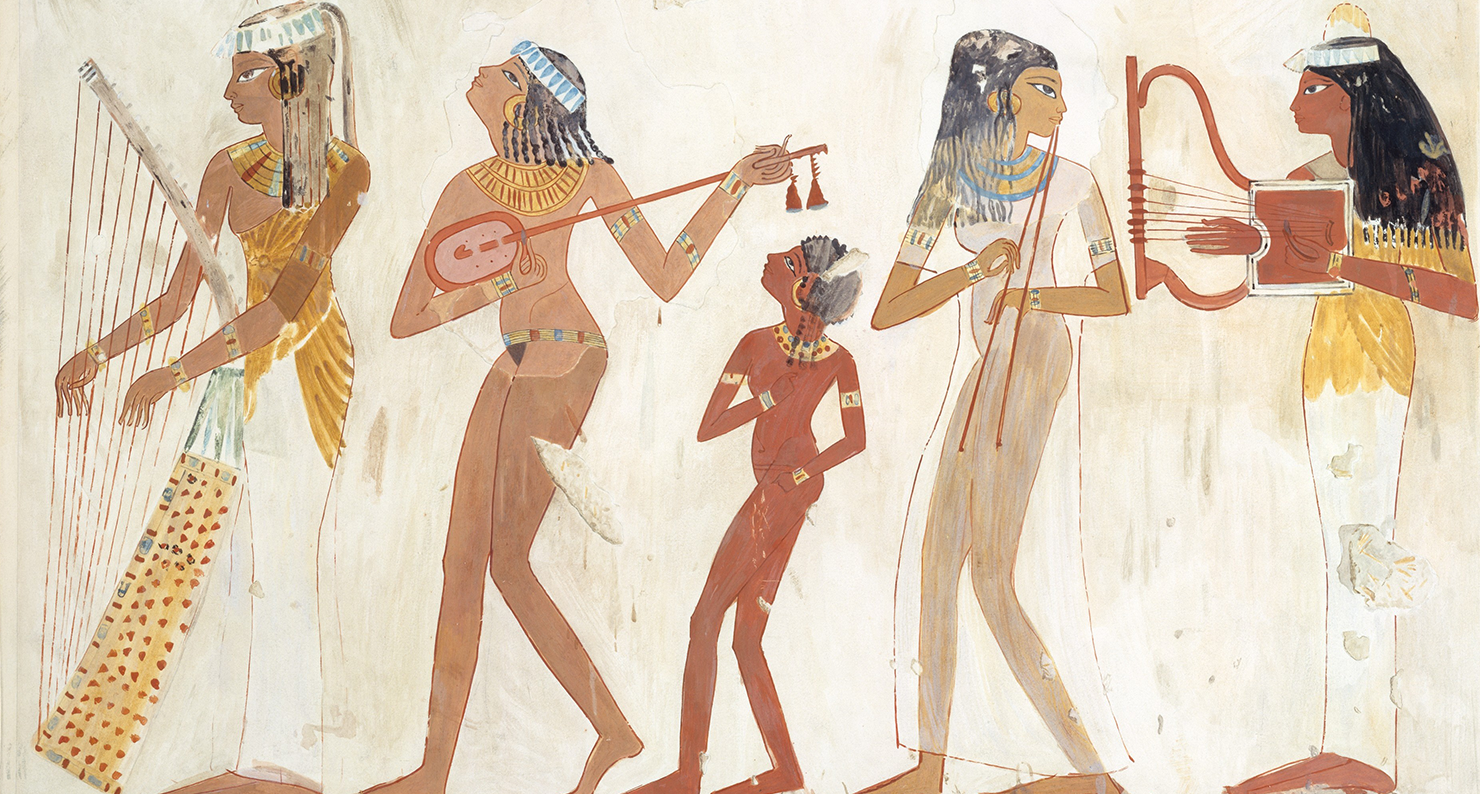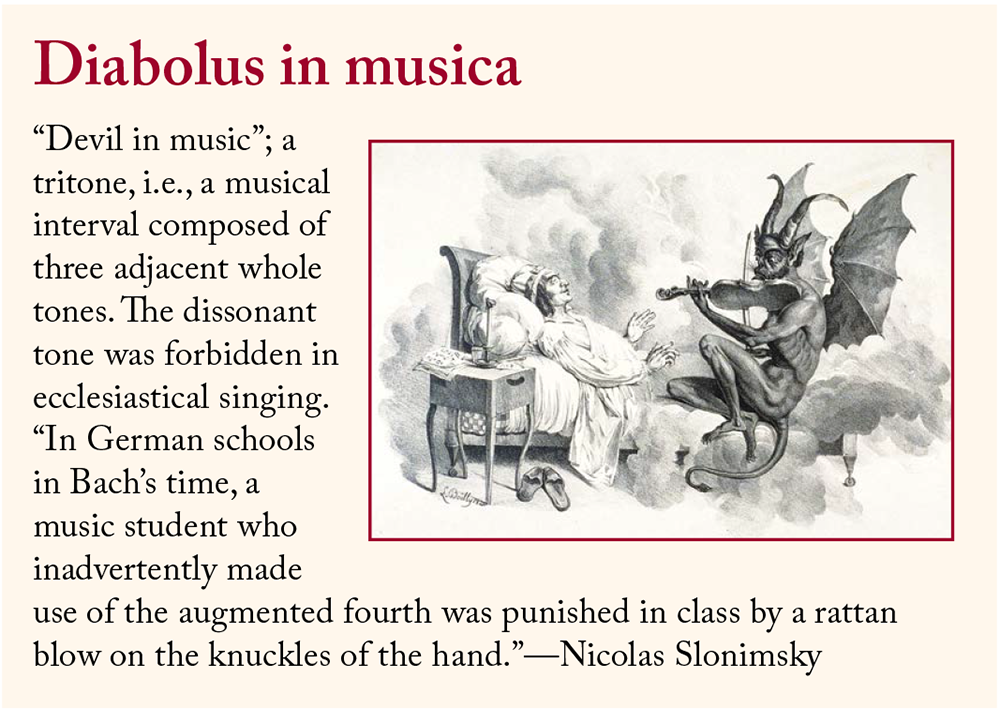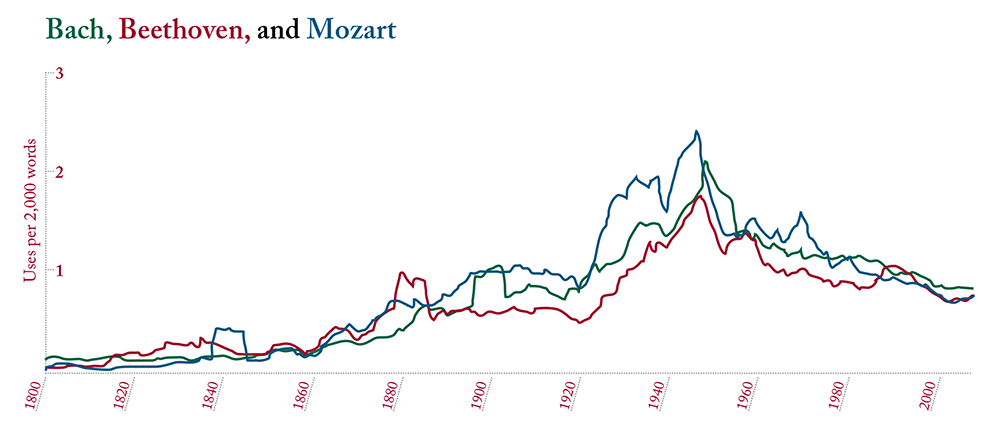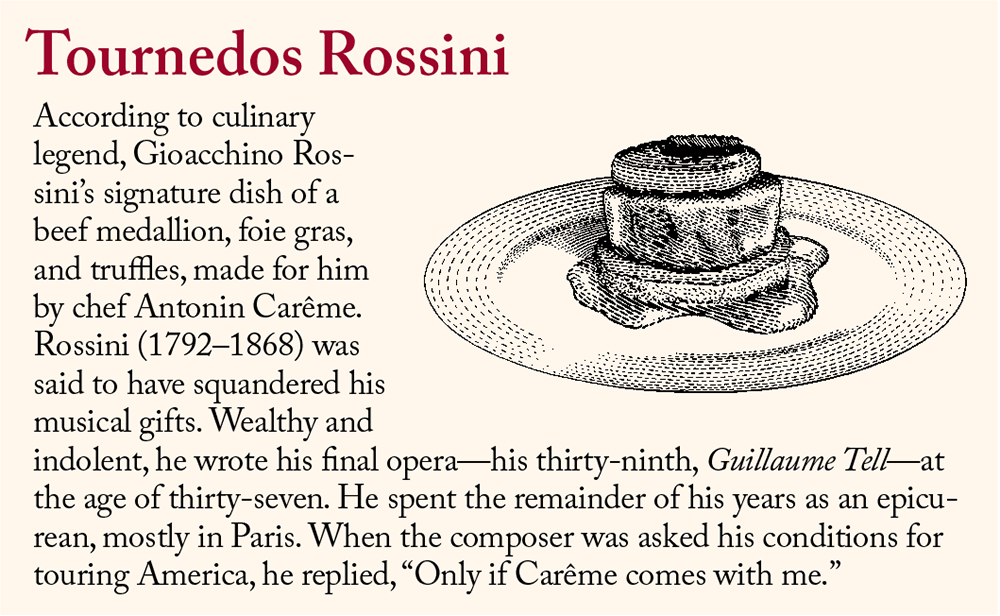
Facsimile painting of a troupe of female musicians from a c. 1400–1390 bc banquet scene in the tomb of Djeserkaraseneb at Thebes, by Charles K. Wilkinson, 1920–21. The Metropolitan Museum of Art, Rogers Fund, 1930.
all kill: 올킬 (ol-kil) (Korean slang) A song that takes top spot on all eight Korean pop-music charts.
bel canto: Italian for “beautiful singing.” The style of operatic singing, said Stendhal, was created in 1680 by Francesco Pistocchi and reached its peak in 1778 “under the aegis of Gaspare Pacchiarotti”; more commonly, it refers to a style prevailing in 18th and 19th cents.
calypso: A Trinidadian English satiric song in rhymed verse. From kaiso, possibly of African origin, Ibibio kaa iso, go on (to urge dancers on).
cancan: A dance made popular at Parisian public balls (1830s), with extravagant and indecent gestures. French for noise, disturbance, rumpus. Of disputed etymology: some contend it is from Latin quanquam; others point to Old French caquehan, tumultuous assembly; August Scheler suggests cancaner, to quack like a duck.

face the music: To accept unpleasant consequences of one’s actions. May derive from an orchestra pit, which a singer or actor must face, or refer to American military dismissal, which was formerly accompanied by band music.
falsetto: From Italian, diminutive of falso, false. The falsetto voice is the alto or treble register, used for special effect by a male adult singer. Falsettists, singers who normally use this register, may be found singing alto in English choirs. A tenor who uses falsetto to reach his top notes is thought to be cheating.
fiddle: “An instrument to tickle human ears by frictions of a horse’s tail on the entrails of a cat.”—Ambrose Bierce, Devil’s Dict.
Guchui Shu: The Office of Drum and Wind Music, created by the Tang court (618–907) to oversee elaborate systems of military music.
harmony: “The just adaptation of one part to another.”—Samuel Johnson, Dict. of the English Language
hyphy: (Slang) A style of hip-hop music in the Bay Area. Modified form of hyperactive. First used by Keak Da Sneak, 1994.
jazz: A music created mainly by African Americans in early 20th cent. through an amalgamation of elements drawn from European American and African musics. Variation of jism (American slang, 1842), strength, energy; later, semen, sperm.
lieto fine: Italian for “happy ending”; de rigueur for opera during 17th and 18th cents. The ending to the original libretto for Orfeo—with Orpheus torn apart by bacchants—was replaced, in Claudio Monteverdi’s subsequent score, by Orpheus’ happy elevation to heaven.
metronome: A device used for marking time by a regular series of audible ticks. Language of origin uncertain; compare German Metronom (1817), French metronome, an inspector of weights and measures in ancient Greece (1765); ancient Greek μετρονόμος.
moldy fig: (Derog.) Jazz term for enthusiasts of Dixieland jazz (1940s).
Mozart effect: From a 1993 study claiming IQs were increased in college students who listened to Mozart’s Sonata for Two Pianos in D Major. Florida legislators required state-subsidized childcare centers to play classical music. Georgia governor Zell Miller in 1998 ordered the state to give each newborn a classical-music CD. Subsequent studies failed to verify the claim.
nagaswaram: A double-reed wind instrument of South India with a wide, conical mouth, frequently played in ceremonial ensembles. From Tamil nākacvaram, variant of nākacuram, from nākam, cobra, snake, and curam, sound.

oboe: (v.) To utter words with a sound like an oboe. Coined by Aldous Huxley, 1923. “Mr. Pelvey was oboeing out of existence.”—Antic Hay
polka: A lively couple dance in 2/4 time; originated in Bohemia as a round dance and became one of the most popular ballroom dances of 19th cent. Etymology suggestive of Czech půl, half, pole, field, and polka, Polish woman.
quodlibet: A whimsical combination of well-known tunes. From Latin for “what you please.” In the final Goldberg variation, J.S. Bach introduces the themes of two German folk songs as a quodlibet.
rumba: An Afro-Cuban dance using a pronounced movement of the hips. From Cuban Spanish rumba, party, spree; alteration (with change of gender) of Spanish rumbo, uproar, commotion; specific semantic development of rumbo (early 17th cent.), fame, prestige, pomp, ostentatious demeanor.
sackbut: A bass trumpet with a trombone-like slide (1503). The word appears in Book of Daniel 3:5 as a mistranslation of Aramaic sabbekā, which the Septuagint and Vulgate render as Greek σαμβύκη, Latin sambūca, a stringed instrument. In the Great Bible (1535), Myles Coverdale renders it as shawmes, denoting a wind instrument. The Geneva translators (1560) chose the rendering sackbut because it sounded like the Aramaic word.
samba: A Brazilian music of African origin (1885). Possibly from shortened form of Portuguese zambacueca, a dance; probably altered (influenced by zamacueco, stupid) from zambapalo, a grotesque dance; altered from zampapalo, stupid man, from zomparse, to bump, crash. Possibly from African-language word samba, the act of thrusting forward.
sforzando: A musical direction indicating a note is to be emphasized or rendered louder; an increase in loudness and emphasis. “Fill a / Dwarf ’s ears with sforzandos and the dwarf will / Believe he’s a giant.”—W.H. Auden
Sprechgesang: From German sprechen, to speak, and singen, to sing. Arnold Schoenberg used it to describe a new manner of writing for the voice in the 20th cent. intended to oppose bel canto.
stan: An overzealous or obsessive fan. From the character in Eminem’s 2000 song “Stan.”
tarab: Arabic for emotion brought on by music, from the most private to the most violent; ecstasy, exaltation, rapture. Possibly from tirab, the agitation of camels quickening their pace when returning to an encampment.
Tin Pan Alley: A district where popular song-publishing houses abound, specifically in New York on West 28th St. (later, Broadway and West 46th St.) and in London around Denmark St. “I guess she sees herself in Tin Pan Alley, her face streaked with tears.”—Saul Bellow, Dangling Man

Wagneromorphism: An obsessive idolatry of Richard Wagner.
waltz: A dance performed in triple time. From German walzen, to roll.
woodnote: An artless verbal expression; a natural, untrained musical note or song like a bird’s in a wood. First used, 1645: “If sweetest Shakespear fancies childe, / Warble his native Wood-notes wilde.”—John Milton
Zwischenspiel: German for “between play”; interlude, intermezzo.
Explore Music, the Fall 2017 issue of Lapham’s Quarterly.